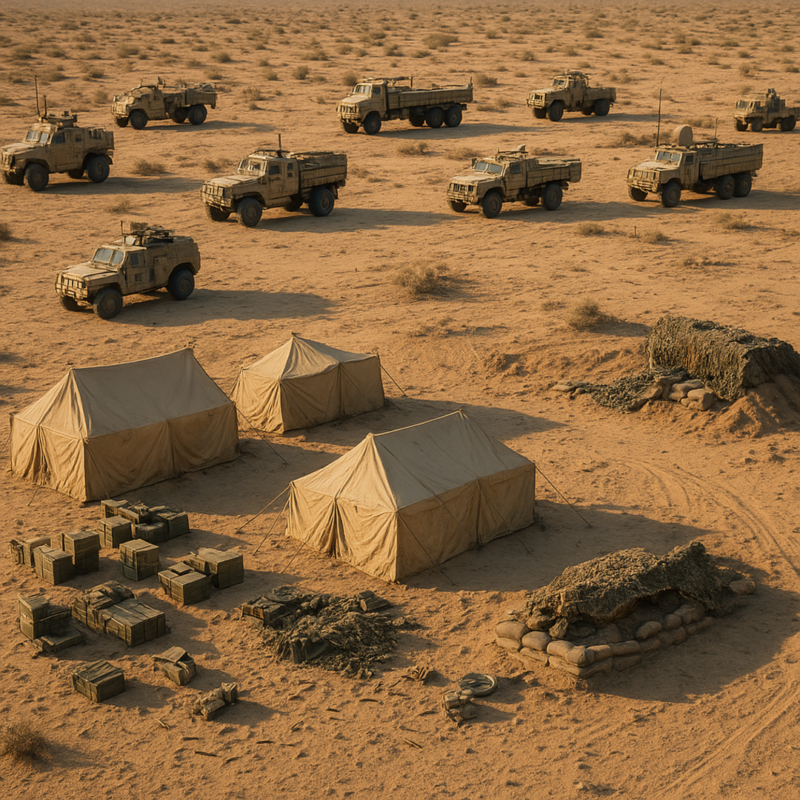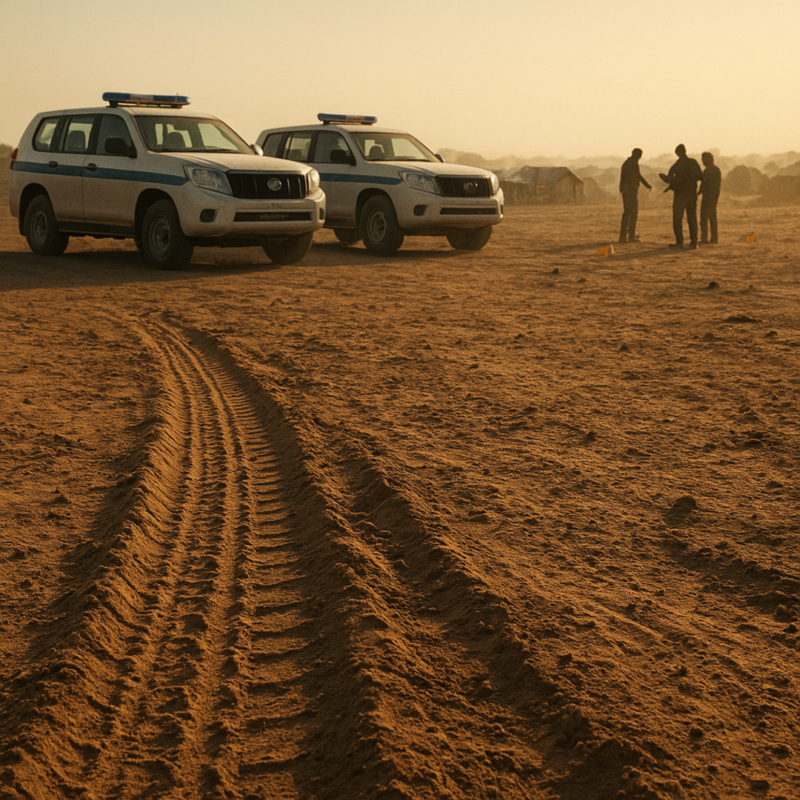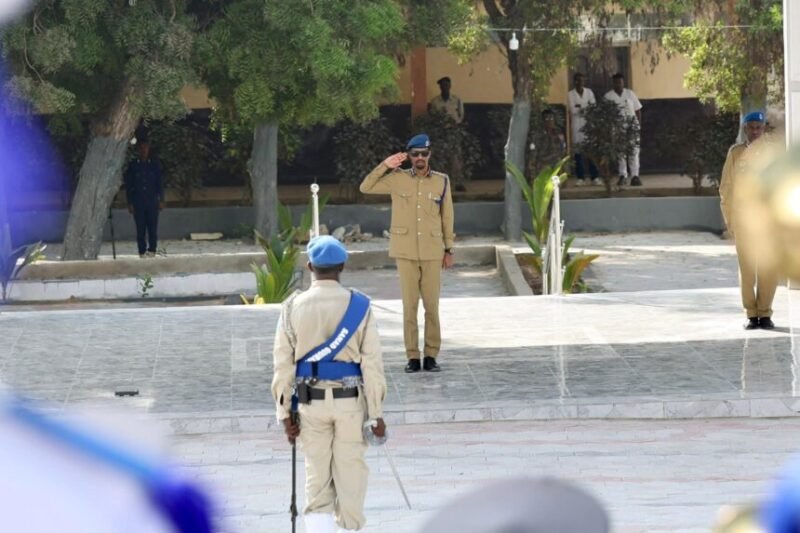Improvised Explosive Devices (IEDs) remain a critical challenge to peace and security in Somalia, as highlighted by the United Nations.
In the past year alone, 597 IED incidents caused over 1,400 casualties, underscoring the ongoing threat these devices pose to both civilians and security forces.
The persistent use of IEDs by armed groups, particularly Al-Shabaab, has severely hindered stabilization efforts, disrupted humanitarian operations, and destabilized communities.
These attacks often target public spaces, security forces, and key infrastructure, exacerbating the already fragile security situation in the country.
Addressing this threat requires a multi-faceted approach.
Enhanced Counter-IED Capabilities
Such a strategy revolves around strengthening the capacity of Somali security forces to detect, disarm, and mitigate IED threats through training, technology, and intelligence-sharing.
Community Engagement
This involves raising awareness among local communities about the dangers of IEDs and encouraging reporting of suspicious activities to reduce the effectiveness of these devices.
International Support
Continued collaboration with international partners, including the UN, African Union Support and Stabilization Mission in Somalia (AUSSOM), and other stakeholders, to provide resources and expertise is a necessity in combating IEDs.
Disarmament and Demining Efforts
It’s impossible to win without expanding demining operations to clear areas contaminated by IEDs and unexploded ordnance, enabling safe access for civilians and humanitarian workers.
Addressing Root Causes
All stakeholders have to be actively involved in tackling the underlying drivers of conflict, such as poverty, lack of governance, and radicalization, to reduce the appeal of armed groups and their ability to recruit and operate.
The UN and other international actors have been actively supporting Somalia in its efforts to counter IED threats, but sustained commitment and resources are essential to mitigate this persistent danger and pave the way for long-term stability.




